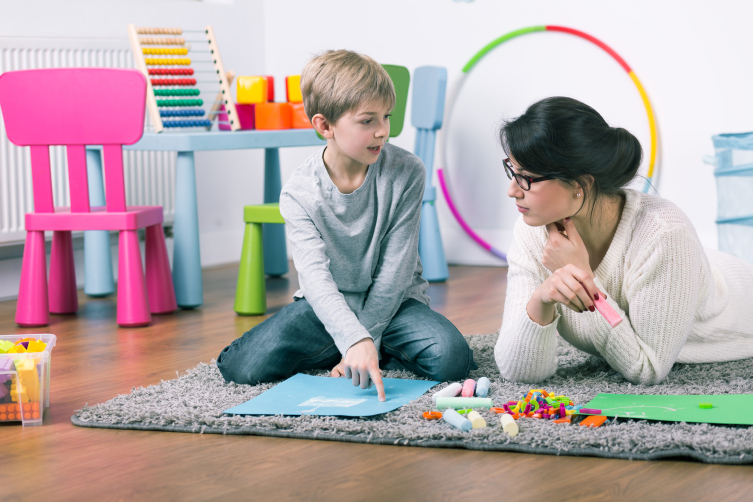The main problem of underachievement lies in the plane of deficit of meaning, deficit of understanding. The modern child, easily navigated in the virtual world, is often helpless in the world of real ideas and relationships.
The former academic methods of teaching are increasingly becoming untenable. And yes, our children who live in constantly changing content do not always relate it to real life objects. The growth of speech disorders is rarely associated by parents with a speech environment, with a lack of speech communication with a generally high level of noise. Children who grow up not under the fairy tales of moms and grandmothers, but under the reproducible texts created by advertising technology, and thus with the constant encouragement of involuntary attention, poorly distinguish the units of language. They just can’t hear well, they can’t distinguish words from sounds! Which means the kid just can’t physically write right!

What do we do in this situation? Simply memorizing the rules won’t help. We need to develop hearing, including phonemic hearing. Teach to distinguish between deaf and ringing sounds by the example of the squeaking of branches and hitting the metal. “Encrypt” words with sound elements – sh, k, o, l, a. Learn to hear the speech. Why are the rules so badly perceived? Why are the notions that we learned so easily from the school course so complicated for children? There are several reasons. Modern children have a small vocabulary. Even teenagers find it difficult to explain the most common words, such as powerful, strong. The modern world is a world of action, not emotion, so definitions are washed away from ordinary life. Children with poorly developed arbitrary attention cannot perceive complex information written in academic language. By understanding the main difficulties faced by students, it is possible to develop a certain counteraction algorithm.

Work ahead of schedule. Basic concepts can be formed as early as preschool age. By listening and watching the speech, lead the child to the understanding of the basic language units (sentence, word, sound). Create views without using terms. Playing, learning to differentiate parts of the speech, focusing on the question to that word. Explaining any rule, clearly understand its meaning, imagine for yourself some associative meaning. Explained to the child the meaning of the predictive basis of the proposal (subject, say, minor members of the proposal). The subject matter is most often expressed as a noun, and the child is asked to answer the question “Who (what) is the sentence about?” to determine it. Questions of nouns, and children do not understand the difference between a sentence member and part of speech. Meanwhile, the difference is on the surface. Appropriate – the role, profession, function that a noun (and not only) plays in a sentence. Explain it to the child. Compare the role of the word “bench” in the sentences: The covenant bench was in the thickest of the park. Vasiliy was tired of sinking to the bench. In the first sentence, it is a prima playing a major role, in the second – an actress of the masseuse.

Use new concepts familiar to children. Faces are explained with… smileys! Emoji is also used in the selection of definitions, expanding the vocabulary. Word formation and selection of unicorn words can be easily carried out in the “forest of genealogical trees”, where from the root grow words-kinsmen. This game will help you easily select the words to test, teach the most complex rule of the Russian language. Try to make any activity creative. Instead of essays, organize a “family media” or “home blog”. Let the child describe the events of your family, the events that take place in school, in the city. Compose stories, tales, poems. Working with words can be fascinating! Senses are important for good performance, which are often revealed in an unusual, creative form. Do not be afraid to depart from the academic canons. Perhaps a creative approach will not only explain to the child the material being studied, but also awaken interest in learning. After all, learning is fun!


